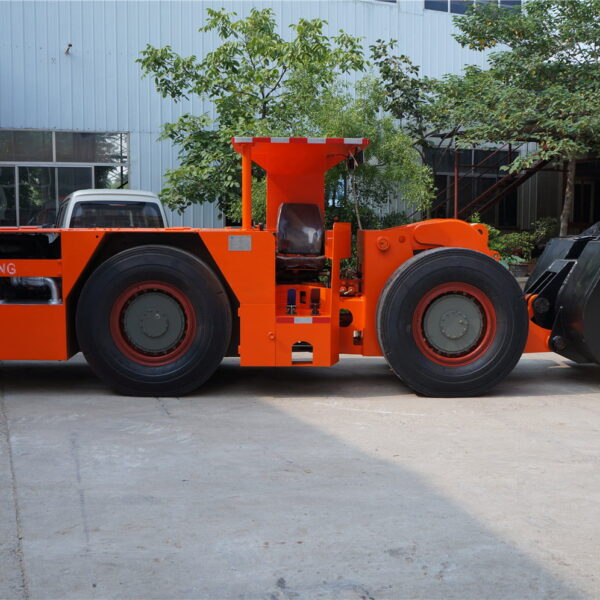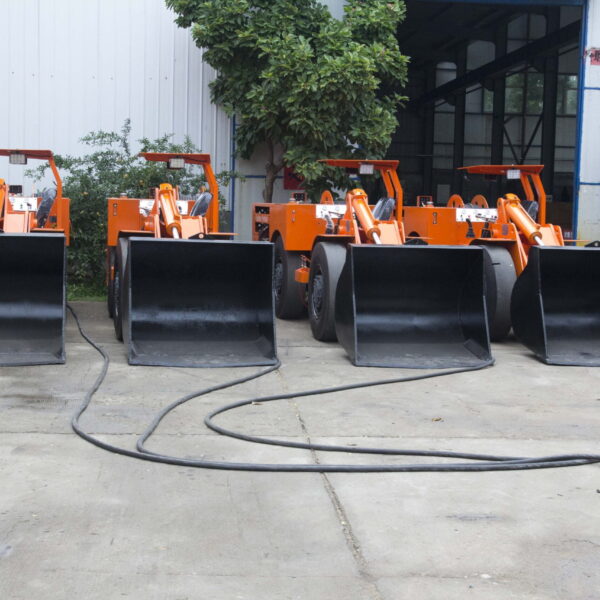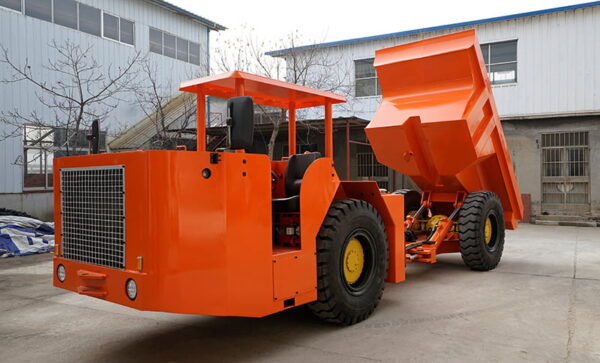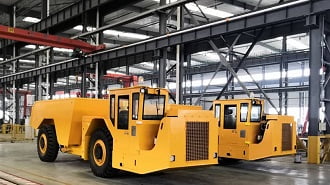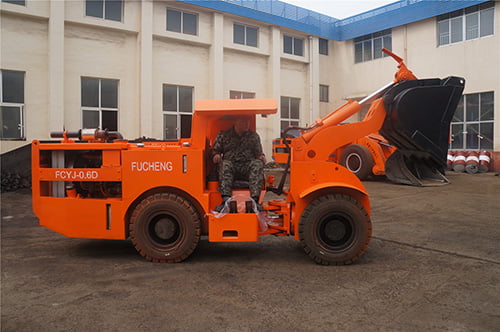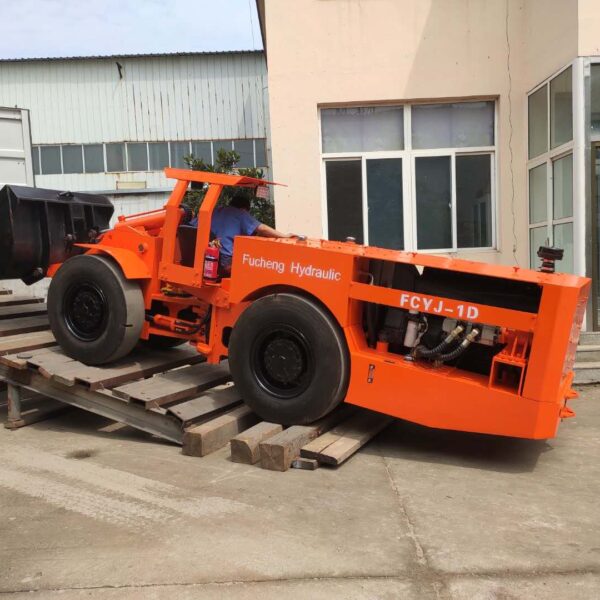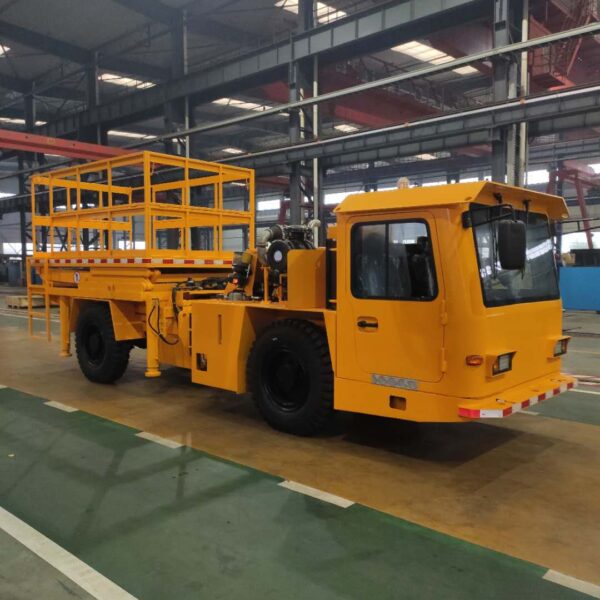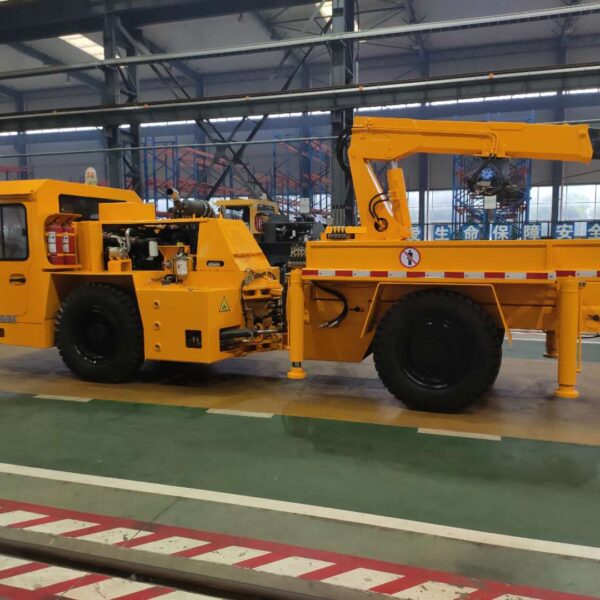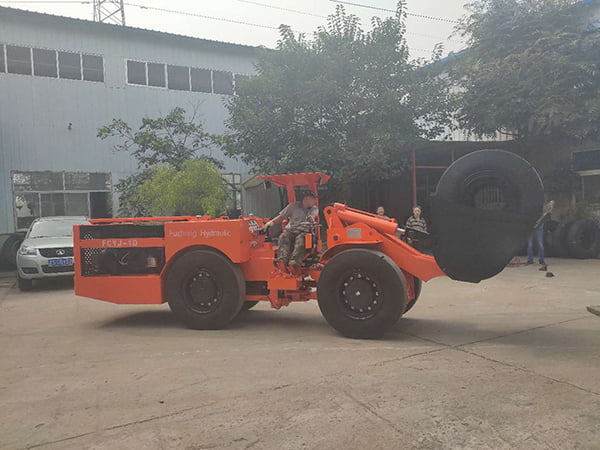Different underground drills are used for various purposes. They help scientists get different kinds of samples from the ground.
On the other hand, they make it easier to get essential minerals. Underground drills help get samples or minerals that are hard to get to.
In this case, different drilling techniques are used based on various factors.
There are different ways to drill underground that we will talk about today. Along with these drilling techniques, we will also discuss some popular tools. You can use this guide for many building projects, not just underground ones.
What Is Underground Drilling?
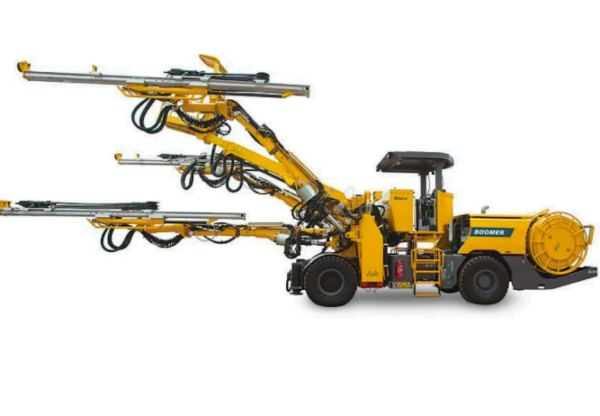
It is the process of digging into the ground. Along with this method, different underground mining operations are used to get oil, gas, and rocks.
People say that underground drilling is the most important underground mine job.
However, making holes in the ground is a complicated task.
Thanks to modern technology, we now have the necessary equipment and methods that can be used safely and quickly.
There are several steps to digging in the ground.
First, a suitable drilling technique is picked based on the needs of the job.
Then, various types of drilling equipment are carefully picked out. Augers, rotating, and diamond core drills are common types of drilling equipment.
After that, the chosen drill is dropped into the right place beneath. As the drill penetrates the earth’s surface, it creates boreholes.
Ultimately, it allows access to the subsurface environment.
There are different kinds of tools for drilling underground. Many use jumbo drills, augers, core barrels, drilling tools, and TBMs.
The digging process goes faster with modern tools. Different types of deep digging tools and methods are used for various reasons.
However, if you use them, you can get the following benefits:
1. Resource extraction efficiency
2. Reduced environmental impact
3. Safety & Stability
4. Access to inaccessible deposits
5. Geological exploration
6. Reduced surface footprint
Underground Drilling Techniques: Different Types & Applications
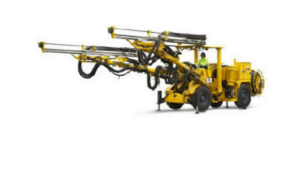
There are a few things to consider when picking the correct underground drilling technique.
The first thing is to know what the job needs. After that, you must decide why you are digging and determine the physical conditions.
Geological factors include figuring out what the rocks and soil are like. Second, your evaluation must consist of the drill hole’s size standards and depth.
The third thing to consider is the cost and the effect on the earth. The fifth one is figuring out the risks and safety.
After you’ve thought about these things, you can pick the best drilling techniques for your job.
Most of the time, we can split these drilling techniques into two main groups. One is rotary drilling techniques, and the other is percussive drilling techniques.
Rotary Drilling Techniques
This method is widely popular in drilling boreholes or wells with a rotating drill bit.
This technique is prevalent in both surface and underground drilling operations.
However, the drill bit is usually connected to the bottom of a string of drill pipe. As the drill string rotates, the bit penetrates the subsurface.
Type#1 Continuous Flight Auger Drilling
This underground borehole drilling technique uses a simple blade to cut and break various rocks.
Typically, this blade is mounted on the end of a rotating string of drill pipe. Now, you can collect the broken stones in two methods.
The first method uses bucket augers, and the second method uses screw augers.
The bucket augers collect the broken rocks into a small barrel in the first method.
Once it is complete, it simply pulls out from the ground. Conversely, in the second method, the screwed system typically passes the broken rock to the surface.
Type#2 Rotary Drilling With A Blade
This type of rotary drilling method uses drill bits to break rocks. In these methods, the blade is strengthened by the energy provided by a revolving drill stem. In the case of soft stones, the plowing method is considered. Ploughing is also known as the scraping process.
Conversely, in the case of hard rocks, the drill bits employ a crushing & chipping action to cut & remove rocks. Along with the blade, this method uses compressed air or high-pressure water to remove the loose rocks.
Type#3 Diamond Core Drilling
This method is also widely popular as diamond drilling. It is a specialized drilling technique mainly used for geological exploration and mining. As the name implies, this method uses a diamond-impregnated drill. It aims to obtain cylindrical cores of rocks or other subsurface materials.
Diamond core drilling is famous for its precision. It can quickly obtain intact and high-quality core samples. As a result, they are widely popular in geological analysis.
Rotary Percussive Drilling Techniques
The rotary percussive drilling technique combines rotary motion with percussive action. This action is also known as hammering. It technically enhances the drilling process. This technique is beneficial in complex rock formations. Note that, in these places, the rotary drilling may be less effective.
Type#1 Rotary Air Blasting Techniques
Rotary air blasting is the most common rotary percussive drilling technique. It is also famous as the best shallow drilling. This method uses a piston-driven hammer to drill into the rock. It breaks up the hard surface into chips and subsequently pulls to the surface using compressed air.
This method is widely popular for making multiple holes quickly. However, you may need to find it more suitable for making geological samples. The reason is because of using the air blasting process. It may compromise the rock’s quality.
Type#2 Air core Drilling Techniques
AC drilling or Air Core drilling uses three-bladed drills. It contains a hollow rod inside. Once the drilling machine breaks the rocks, compressed air is passed through this hollow rod. It helps to bring the scrapes to the surface.
This process is often slower than the rotary air blasting technique. This implies that the gathered samples are less susceptible to contamination. They are ideal for research exploration, especially for geological information at depth.
Type#4 Reverse Circulation Drilling Techniques
This drilling technique combines the properties of rotary air drilling and air core drilling. It employs the exact piston-driven hammer to penetrate the rock. However, larger rigs are used to penetrate even deeper into the earth.
Later, compressed air propels fragments to the surface. As a result, this method also offers excellent precision. Thus, we can often find this drilling technique in geological exploration. This efficient technique minimizes handling, cuts costs, and speeds up results.
Type#5 Blast Hole Drilling Techniques
As the name implies, this drilling technique is typically used to create holes for blasting explosives. We often see it in mining, quarrying, and construction. Using suitable drilling equipment, we can make different sizes of holes. Then, we can place explosive charges into each hole.
After the explosion, the blasted rocks are collected through various cleaning methods. However, in most cases, compressed air is used for cleaning purposes.
Types Of Drills Used in the Above Drilling Techniques
In underground drilling operations, a variety of drill rigs are used. Each type is designed for specific tasks and geological conditions. Understanding the drills used in various drilling techniques is vital for choosing the right kind. Consequently, the right type is necessary for optimizing mining efficiency, productivity, and safety.
Type#1 Surface Top & Down Hammer Drill Rigs
These rigs use a hammering action to break rock formations. Surface top hammer drills are commonly used for shallow drilling applications. Conversely, surface-down hammer drills are suitable for deeper holes.
Type#2 Dimensional Stone Drill Rigs
Dimensional stone drill rigs are prevalent primarily in quarrying operations. They are used to extract blocks of natural stone. These rigs are designed to produce precise cuts & shapes.
Type#3 Rotary Blast Hole Drill Rigs
Rotary blast hole drill rigs are extensively used in open-pit mining. They are widely popular in the blast hole drilling technique. These drill rigs are used to make holes for placing blasting explosives.
Type#4 Development Drill Rigs
Development drill rigs are used for horizontal or inclined drilling to create access tunnels. It is also used to make ventilation shafts and ore passageways.
Type#5 Tunneling Jumbos
Tunneling Jumbos are specially designed for excavating tunnels and underground passages. Famous examples include transportation underground and hydroelectric facilities. They usually come with multiple drilling booms and automated control systems. As a result, they are accurate and quick.
Type#6 Long Hole Drill Rigs
Long-hole drills are used in sublevel and block-caving mining methods. They are famous for making long, narrow boreholes for ore extraction. These rigs are capable of drilling holes deeper with precision.
Type#7 Other Drill Rigs
Besides the above six types, other drill rigs are widely popular in underground mining. Low-profile rigs are prevalent for drilling in a low-elevation space. Narrow vein drill rigs are ideal for places with height challenges. Secondary breaking drill rigs are suitable for narrow vein mines.
Conclusion
Various drilling techniques and drill rigs are necessary for multiple underground operations. These include:
| Exploration & Research Assessment | Identify mineral deposits |
| Evaluate research viability | |
| Mapping Geological formulations | |
| Estimate resource quantity | |
| Soil sampling | |
|
Mineral & resource extraction |
Extracting Ores |
| Mining coal & metals | |
| Harvest oil & gas reserve | |
| Recover groundwater | |
| Collecting geothermal energy | |
|
Construction & Tunneling |
Building underground infrastructure |
| tunnels for the transportation networks | |
| Underground utility installation | |
| Excavating foundations for buildings | |
|
Research & scientific exploration |
Investigating geological phenomenon |
| Studying underground ecosystem | |
| Conducting experiments | |
| Exploring karst formations |
We can realize the importance of underground drilling in our daily lives. It is also important for our humanity. Overall, underground drilling is a cornerstone of modern civilization. It is especially essential for progress & sustainability.

